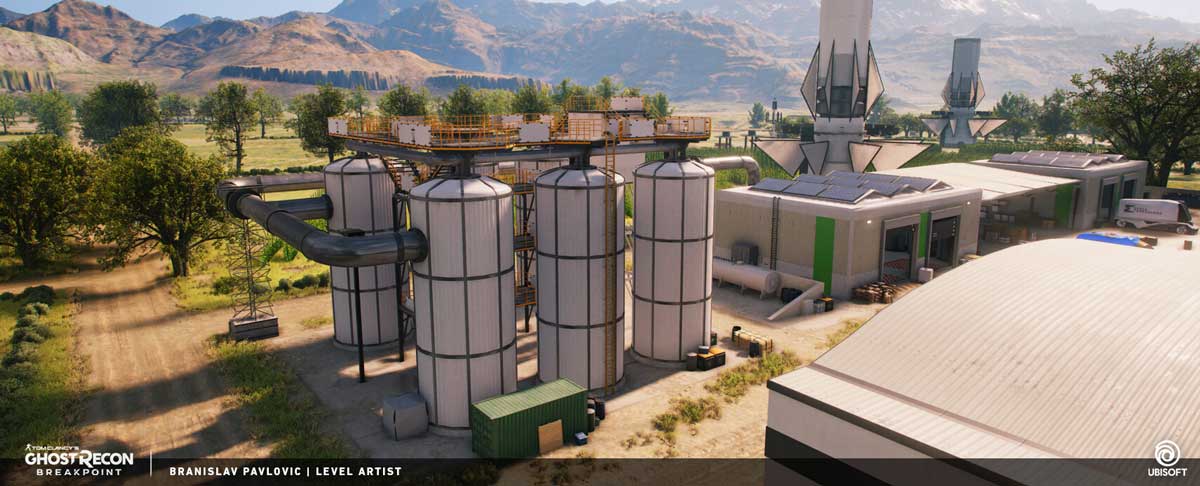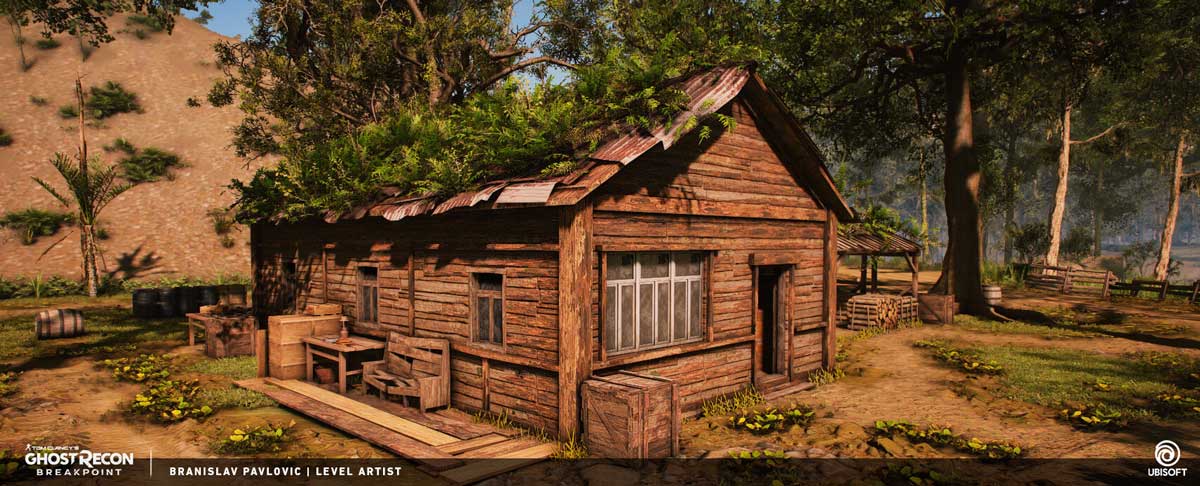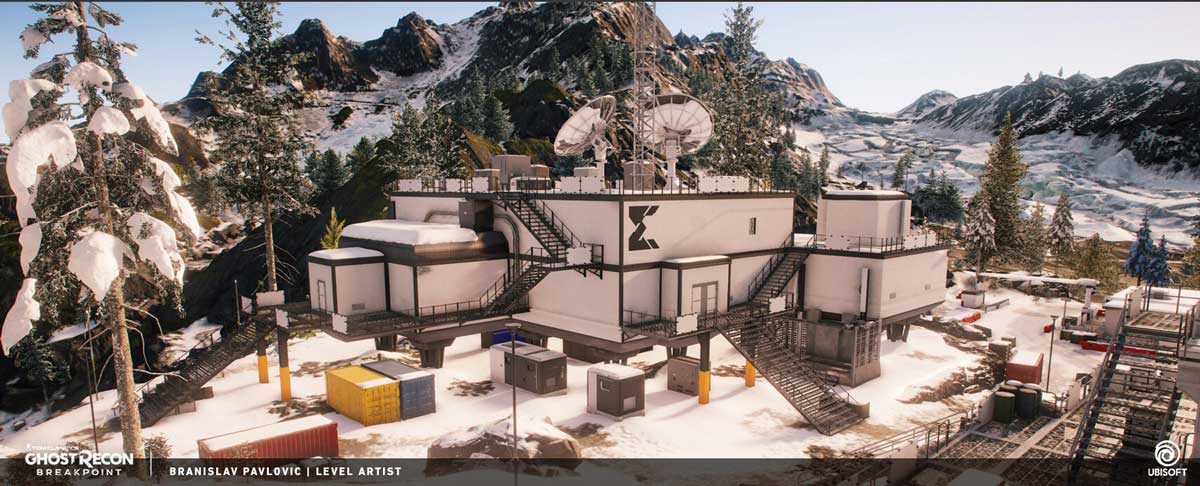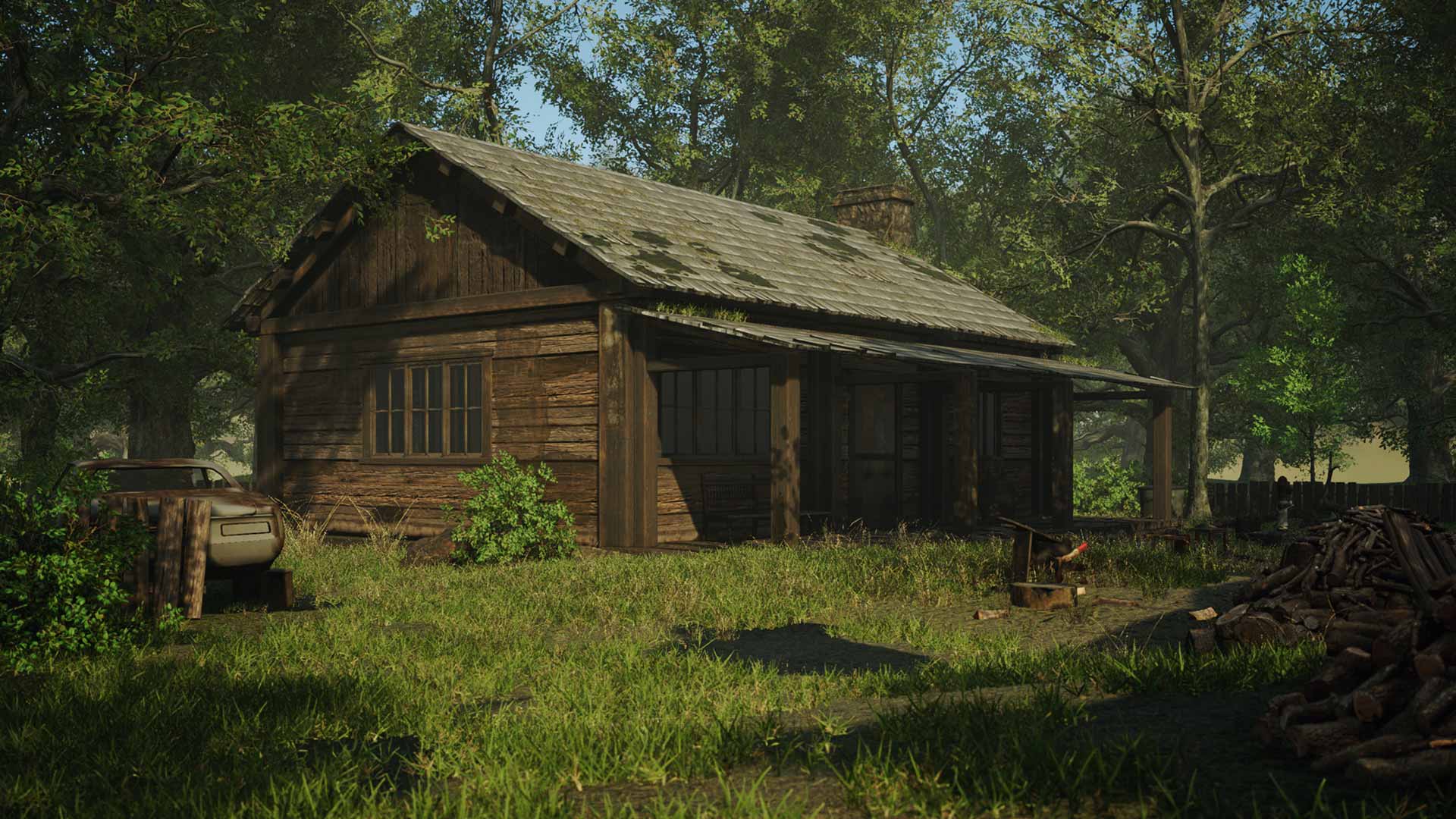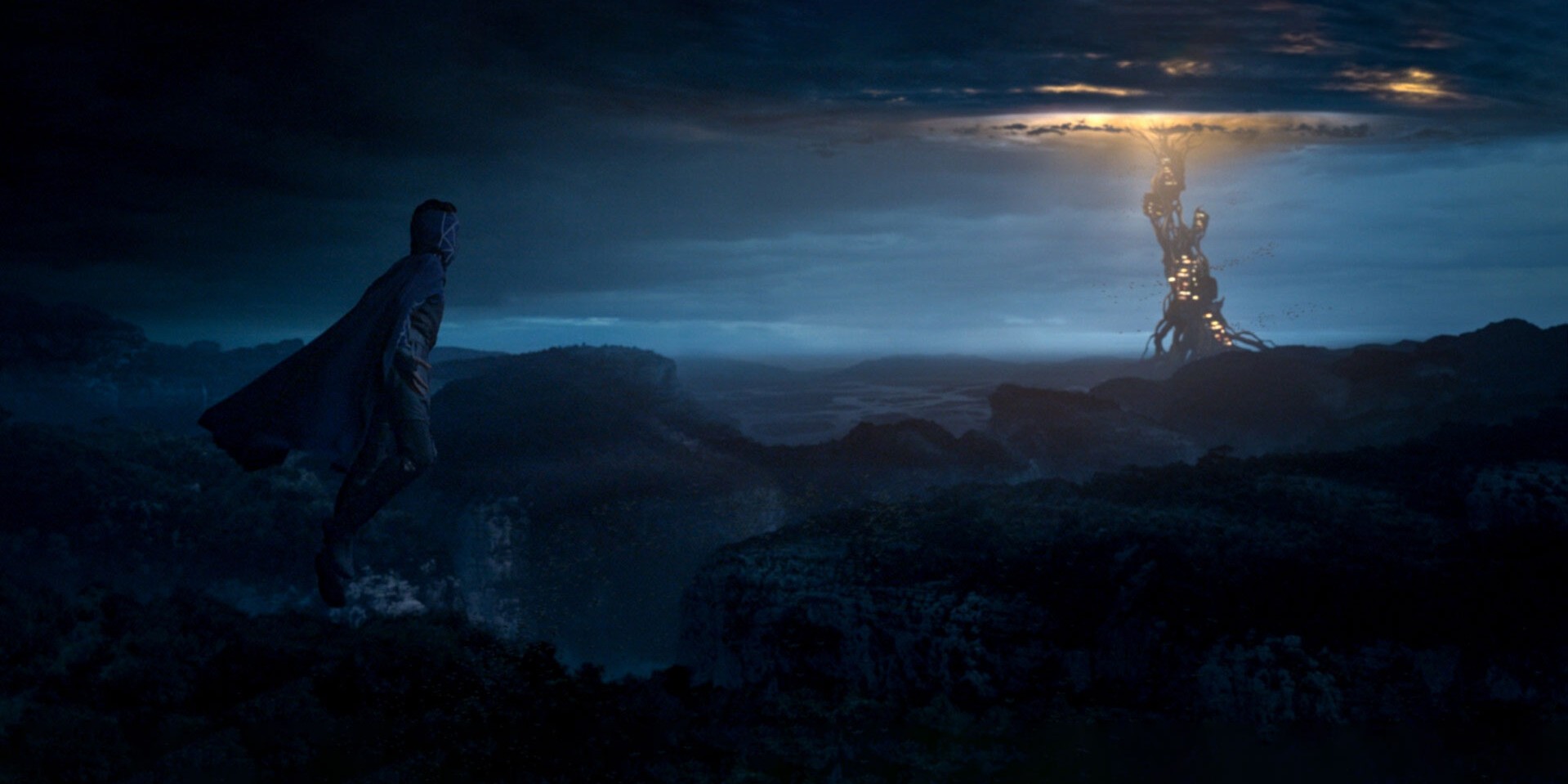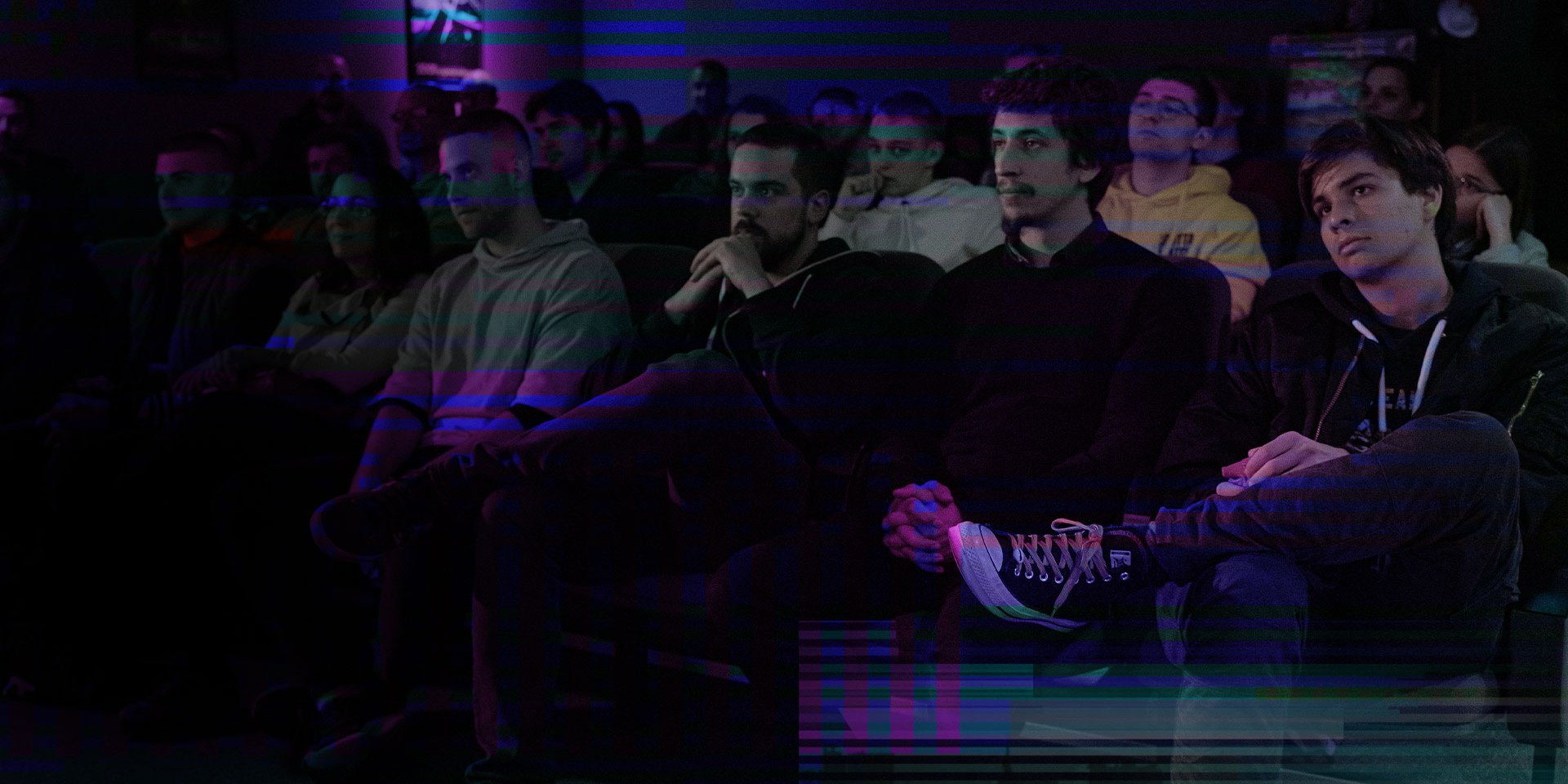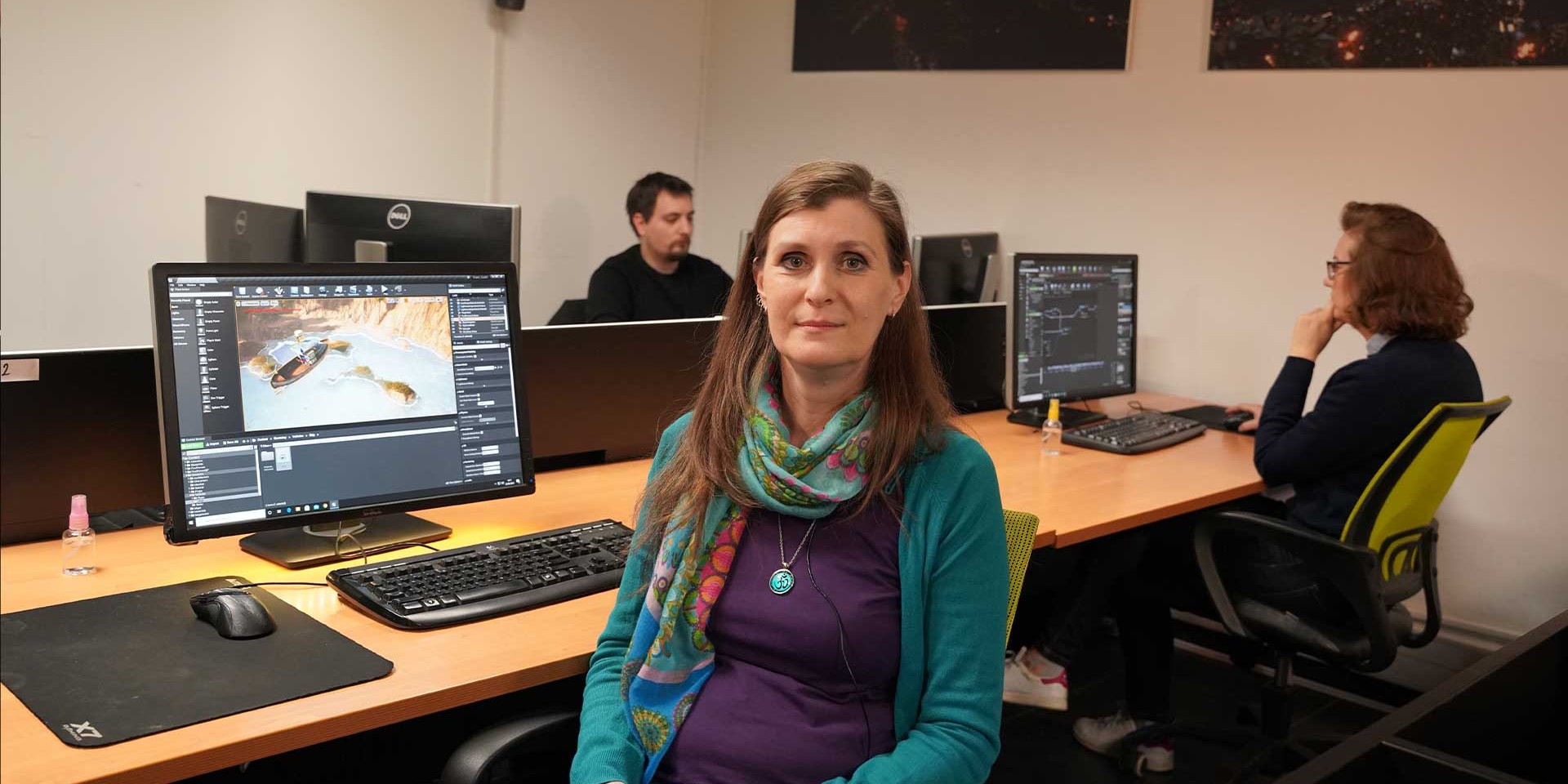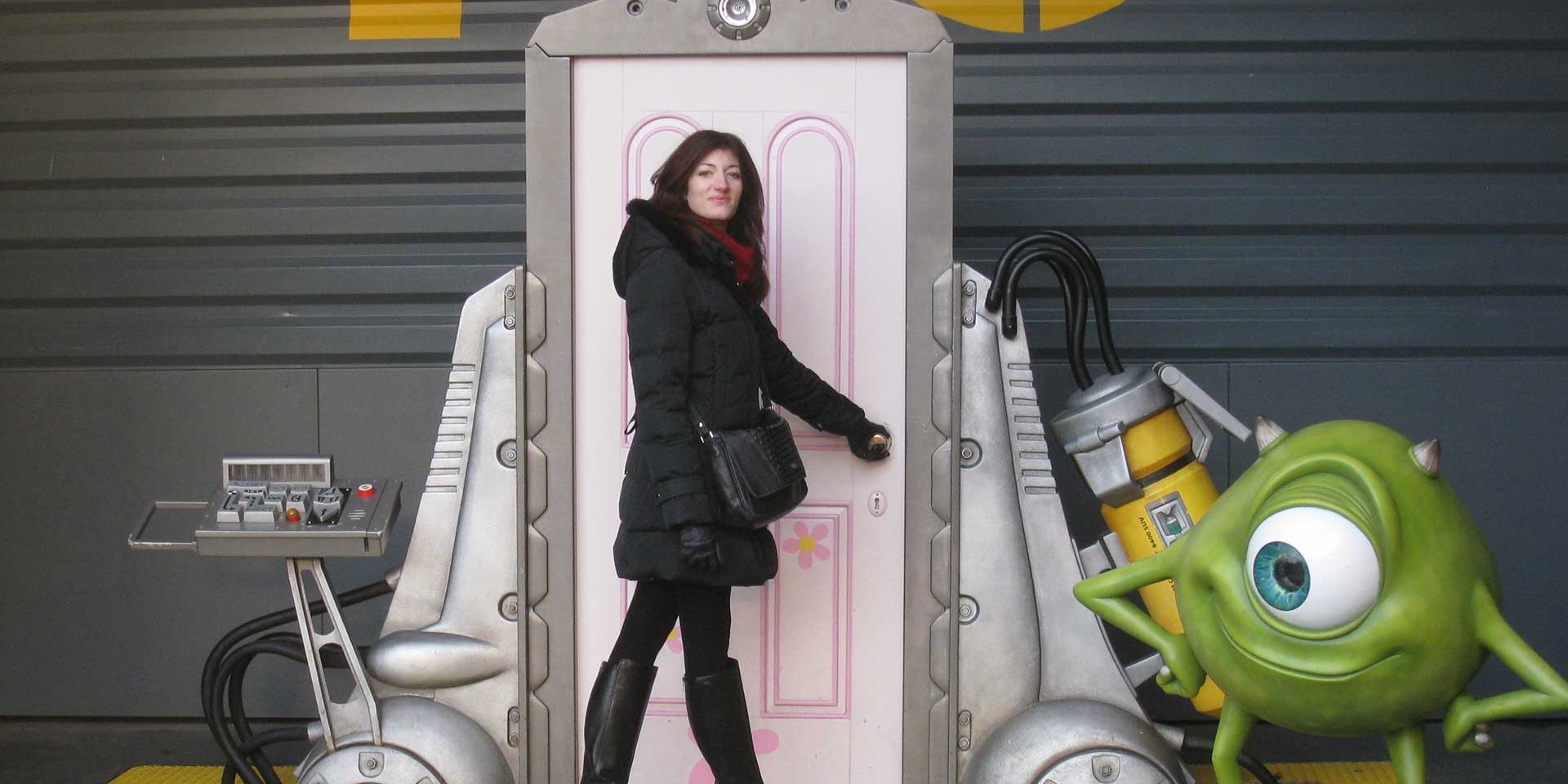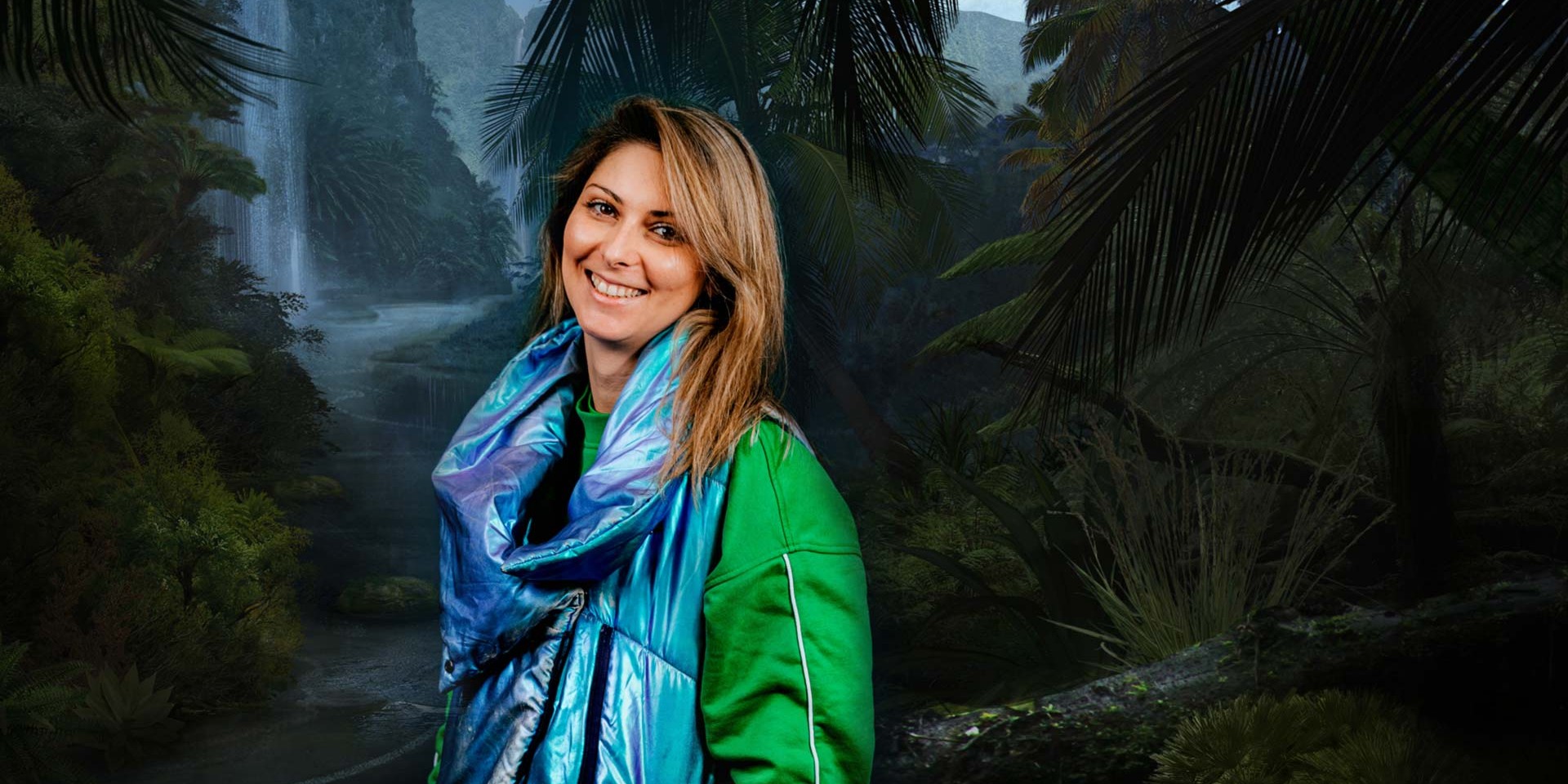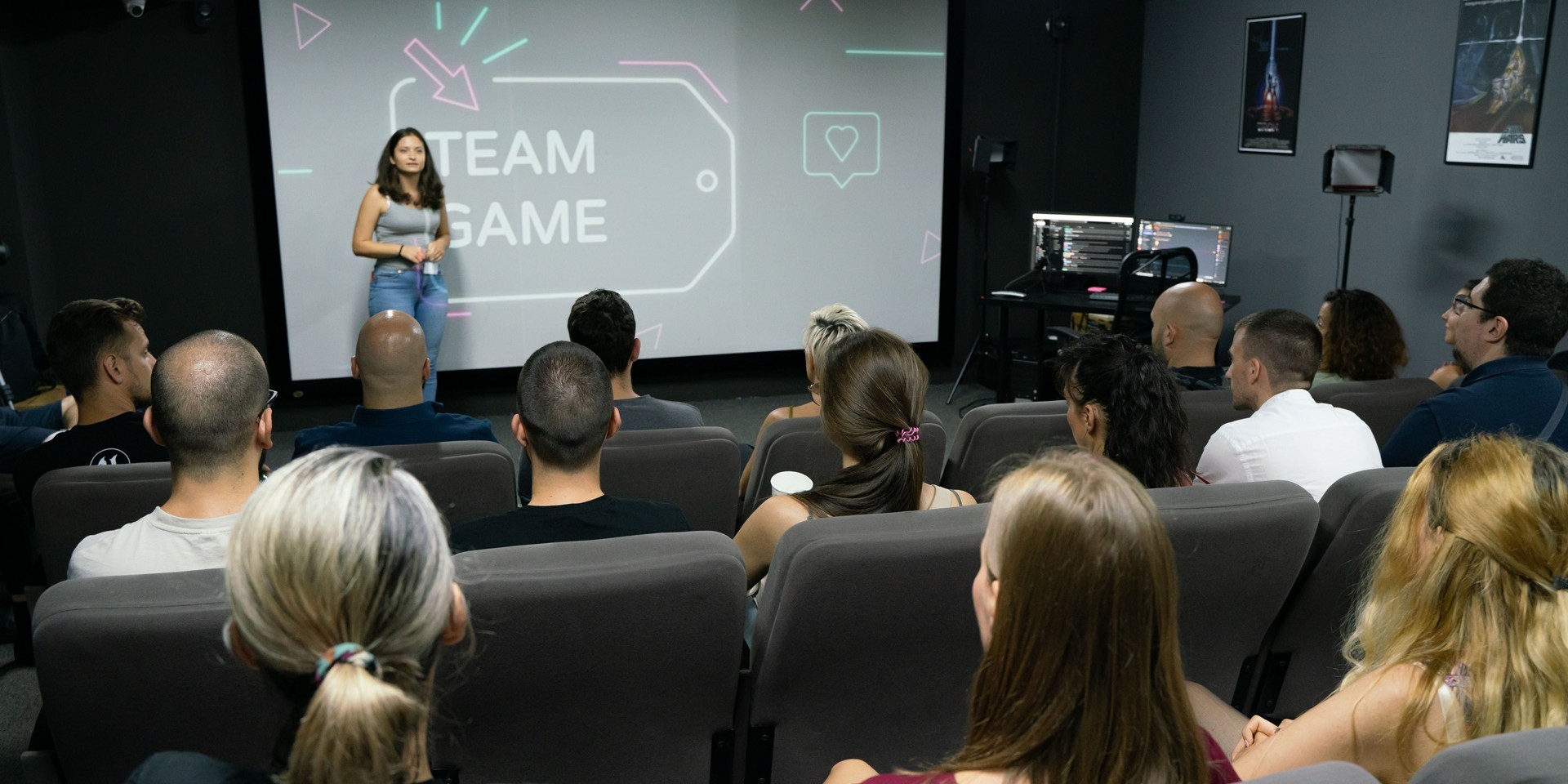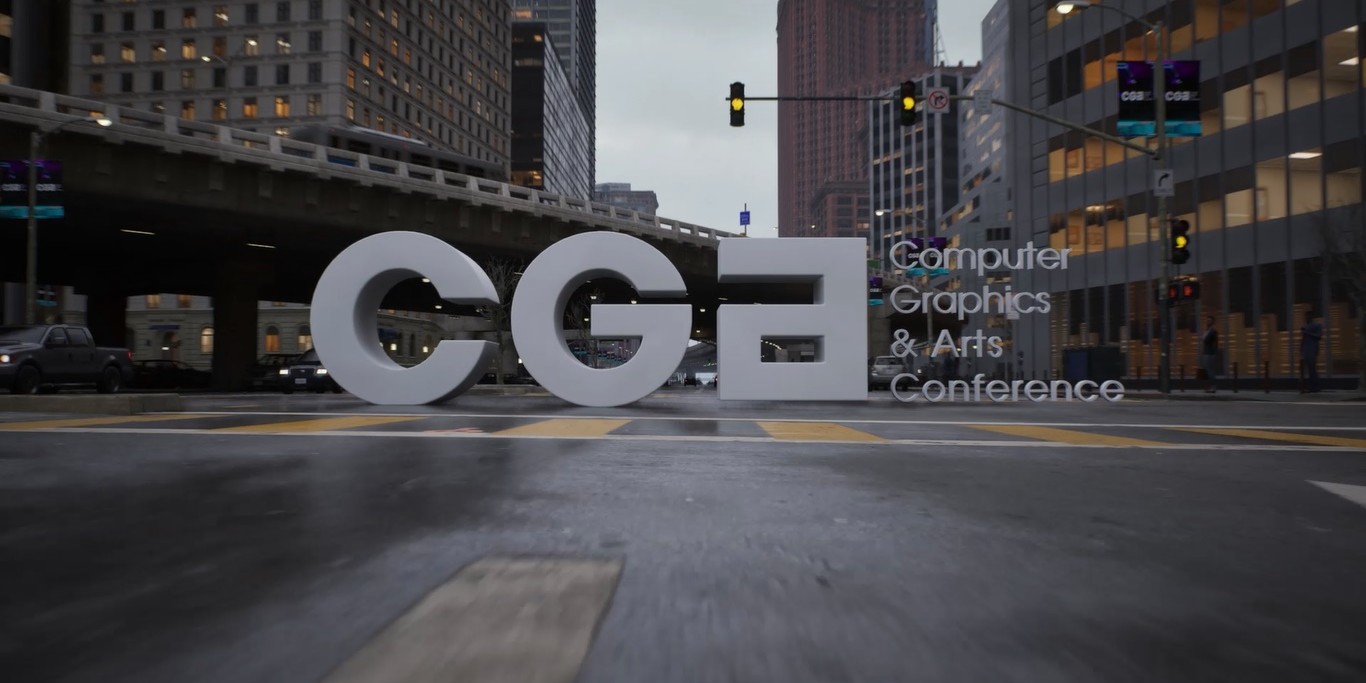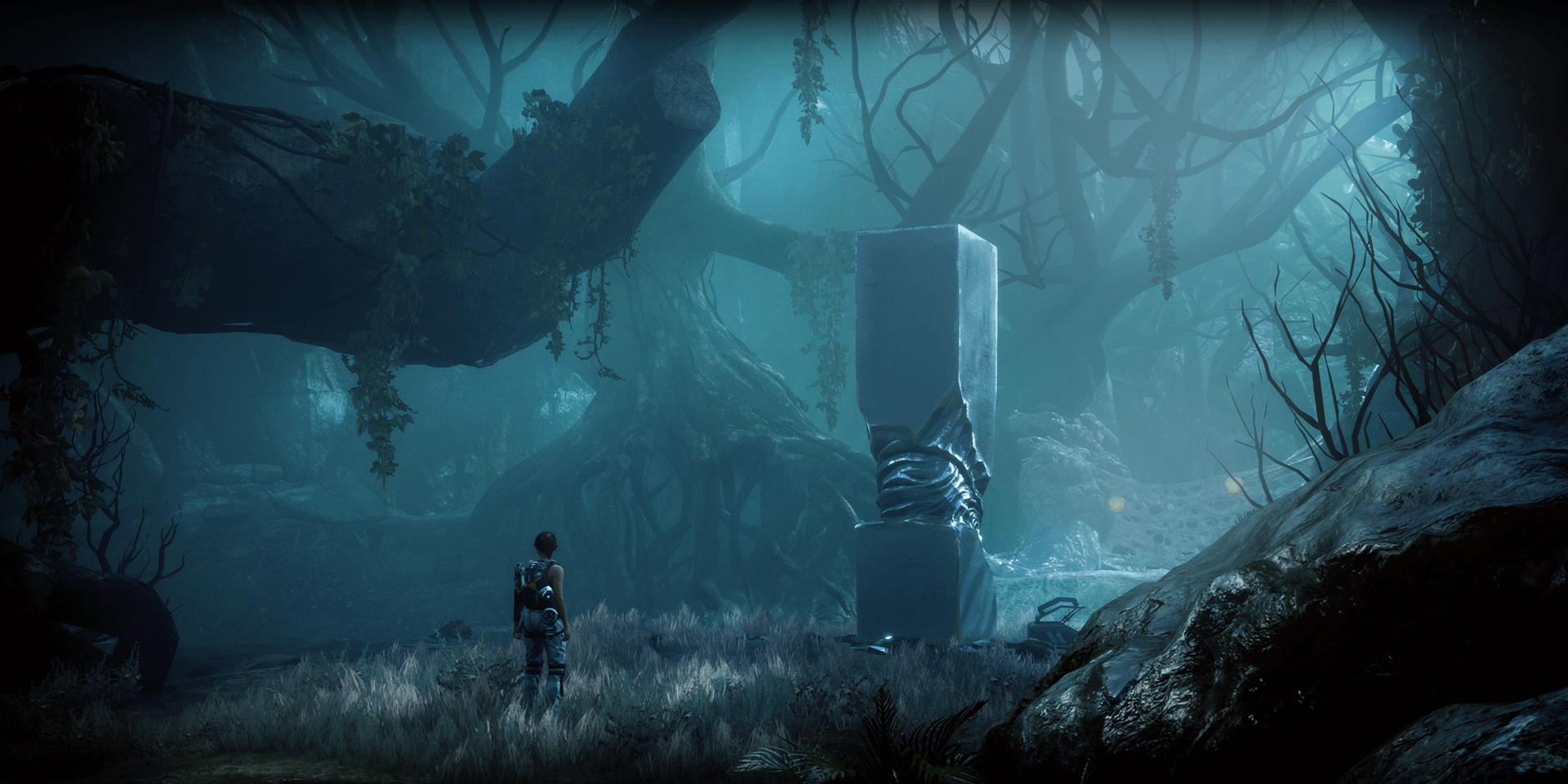Environment Art and Where It Stands in the Gaming Pipeline
With major gaming companies getting more employee traction in the last few years, individual stages of production have become more complex and structured. In this blog post, we'll try to explain the specifics regarding the position of Environment Artist in the production pipeline.
As a separate position, environment art is present in large companies specialized in producing games for PC that require complex scenes. 3D Environment Art is closely related to Level Design and is crucial for the overall game appearance. However, art positions are often not clearly defined, causing big overlaps in task distribution. The demystification of the specialized field of work that is Environment Art might, eventually, lead to better-structured working conditions in the video game industry.
At the beginning of the design process, the initial blockout of a game is usually presented by the level designer. Together with the game designer, this person creates each level with primitives corresponding to the game mechanics, gameplay, narrative, and other factors. In the early stages of production, level designers play only a supporting role, but later on, they start replacing the original primitives with specific models. This is when things would get interesting.
Then the environment designer jumps to the stage. Their main task is to understand the storyline and content in each image. To break it down into components and then break those components down into modular elements that, in essence, represent a series of smaller models. By combining these smaller models, a final scene comes to life.
Understanding the optimization process is pivotal to the environment artist. The final design largely depends on the game’s genre and art direction, but one thing is for sure: the environment design has to be bold but likable to keep the players in the game as long as possible.
The process of creating an image representing one level in the game involves different phases. The artist first breaks the scene down into components. Then further steps are being planned, and the artist starts preparing the textures. Only when textures get ready, the modeling of individual elements shall begin. In the final phase, the scene is set in the engine and all the mentioned elements are modified according to the gameplay. Eventually, when the lighting is defined, players can finally jump into the game.
At Crater Training Center, we provide specialized game art and VFX education, including the course in Environment Art.
Author:
Branka Malenica

